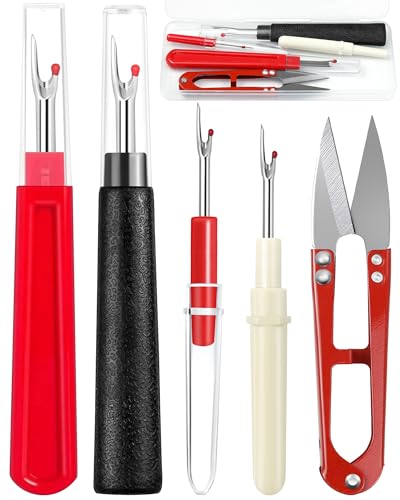Hey there, craft enthusiast! You’ve probably found yourself tangled up in the age-old debate: sewing vs knitting. Which one’s better? Which one should you invest your precious time and energy into mastering? Well, let’s unravel this mystery together.
Sewing and knitting are both fantastic crafts in their own right. They’re each packed with potential for creativity and can literally weave magic into your hands. But it’s worth noting that they’re quite different beasts. While sewing often involves attaching pieces of fabric together to create something new, knitting is all about manipulating yarn or thread to make a whole new material altogether!
That being said, neither is inherently “better” than the other—it all depends on what you’re looking for in a hobby or skill. Whether you’re drawn towards the practical versatility of sewing or the soothing rhythm of knitting will largely depend on your personal preferences and goals. So, let’s dive deeper and explore these two fascinating worlds so YOU can decide which path to tread (or stitch!).
Understanding Sewing: A Close Look
Let’s take a deep dive into the world of sewing. It’s an age-old craft that has evolved with time and technology, yet it remains grounded in its fundamental techniques. Sewing is essentially attaching or fastening objects using stitches made with a needle and thread.
Nowadays, you’ll find two main types of sewing – hand sewing and machine sewing. Hand sewing is pretty self-explanatory; it’s the process of manually stitching fabric together using a needle and thread. This method gives you a lot of control over your work but can be more time-consuming.
On the flip side, machine sewing uses a device to automate those stitches. You may think this sounds impersonal, but there’s actually quite an art to mastering a sewing machine! They’re versatile tools capable of creating intricate designs quickly and efficiently.
One major advantage of knowing how to sew is being able to repair damaged clothing or create brand new pieces from scratch. In 2017, U.S households spent an average of $1,833 on apparel (source: Bureau Labor Statistics). Imagine if you could save some dough by mending items yourself or whipping up something unique instead?
| Year | Average Spending on Apparel |
|---|---|
| 2017 | $1,833 |
But it’s not all about practicality! Sewing also serves as a creative outlet for many people:
- Crafting personalized gifts
- Designing custom clothes
- Upcycling old textiles
So if you’ve been thinking about picking up a new hobby or skill, why not consider giving sewing a try? It might just surprise you.
Knitting Essentials: An Overview
Knitting, you’ll find, is not just about picking up a couple of needles and some yarn. No siree! It’s a craft that calls for some essential tools and skills. Let’s dive into what makes the heart of knitting tick.
Your main tools in knitting are your needles. There’re two basic types: circular and straight. Straight needles are fantastic for flat pieces like scarves, while circular ones are perfect for round items such as hats or socks.
Now let’s talk about yarns – oh the choices! You’ve got everything from cotton to wool, acrylic to silk. The type of yarn you choose can drastically change the texture and appearance of your final product. For instance, wool is warm and elastic making it great for sweaters but if you’re going for a light summer top, cotton might be your best bet.
Size does matter when it comes to needles and yarns. Thicker yarn needs larger needles while finer yarn works with smaller ones. But don’t worry if this sounds overwhelming! Most patterns will tell you exactly what needle size to use with which type of yarn.
Next up on our list of essentials is understanding stitch types. From the simple knit and purl stitches to more complex patterns like cable or lace stitches – each adds a unique touch to your knitted piece!
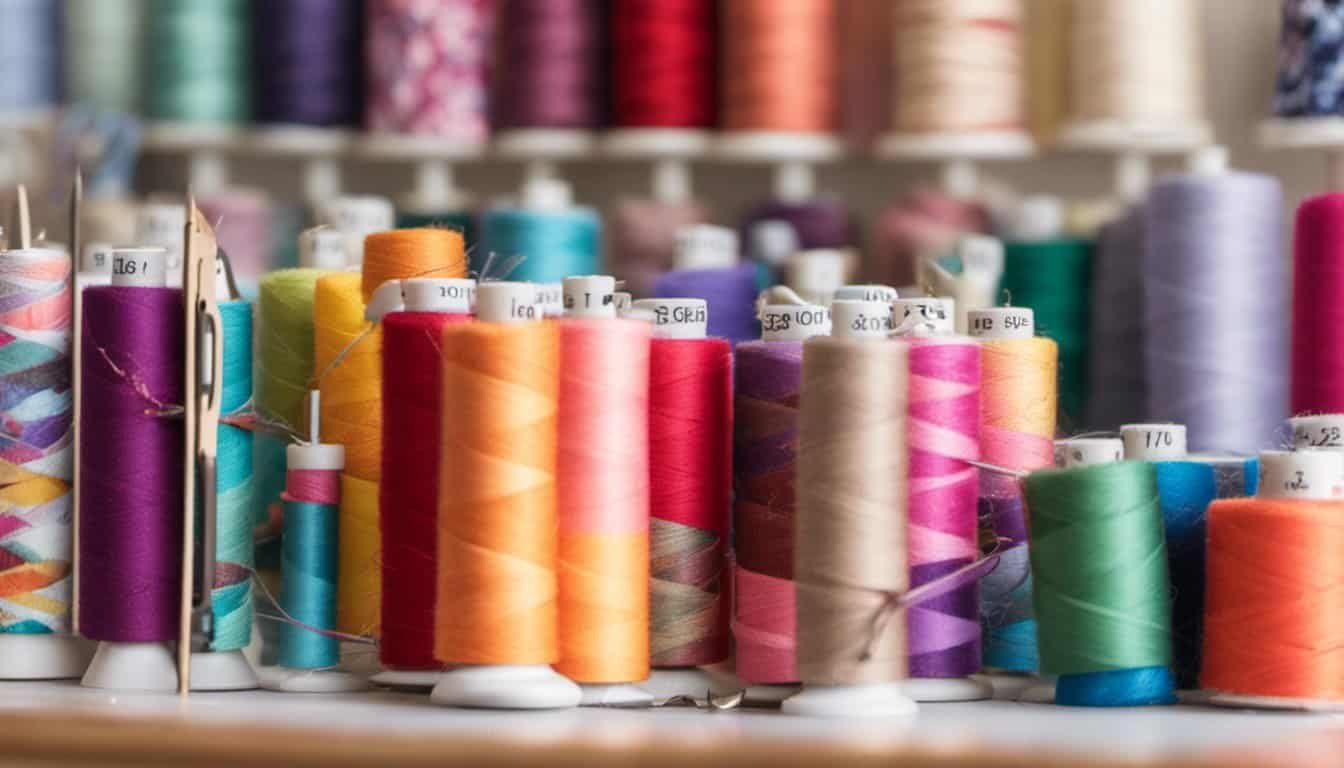
And lastly but importantly enough: practice makes perfect! Remember that every expert was once a beginner so take it slow, enjoy the process, and soon enough you’ll be creating beautiful knit pieces all on your own!
So there you have it folks – an overview of knitting essentials boiled down just for you! Don’t forget these key points:
- Discovering the right tool: Circular vs Straight Needles
- Choosing Your Yarn Wisely
- Matching Needle Size with Yarn Type
- Mastering Various Stitch Types
- Practicing Patience & Persistence
Happy Knitting!
Comparative Analysis: Sewing vs Knitting Tools
Let’s dive right into the heart of our discussion, comparing the tools used for sewing and knitting. After all, your chosen craft can be greatly influenced by the instruments you’ll need to master.
First off, let’s chat about sewing. You’ve got a variety of tools on your checklist here. Your main player is the sewing machine – an investment piece that ranges from simple models for beginners to high-tech digital ones for pros. Next in line are needles and threads; a pair as old as time itself, available in countless sizes and colors. Don’t forget fabric scissors, pins, measuring tapes and an iron – these make your job easier.
« Can I Bring Sewing Needles on a Plane? Your Travel Questions Answered
Ultimate Table for Sewing Machine: Top DIY Ideas, Workstations & Tables »
Switching gears to knitting now! The key players here are knitting needles that come in different materials like bamboo or metal, each offering its own feel and function. Then there’s yarn – oh so many types of yarn! From wool to cotton, acrylics or blends, each has its own personality waiting to be explored. Some other handy helpers include stitch markers (to keep track of patterns), row counters (for those intricate designs) and cable needles (for creating twists).
If we compare both sets, it’s clear they’re unique in their ways:
| Sewing | Knitting |
|---|---|
| Sewing Machine | Knitting Needles |
| Fabric Scissors | Yarn |
| Iron | Stitch Markers |
This isn’t a case of “less is more” or “more is better”, but rather “what suits YOU better”. Are you attracted towards the mechanical allure of a sewing machine or do you find solace in the rhythmic click-clack of knitting needles? Can you handle cutting fabrics with precision or would you prefer choosing from colorful balls of yarn?
In essence:
- If you enjoy working with machinery and want quicker results – consider SEWING.
- If you prefer a more portable craft with rhythmic repetition – consider KNITTING.
Remember, this is YOUR crafting journey. The tools you choose to wield will become extensions of your creativity. So pick up those needles or thread that machine, and let’s get crafting!
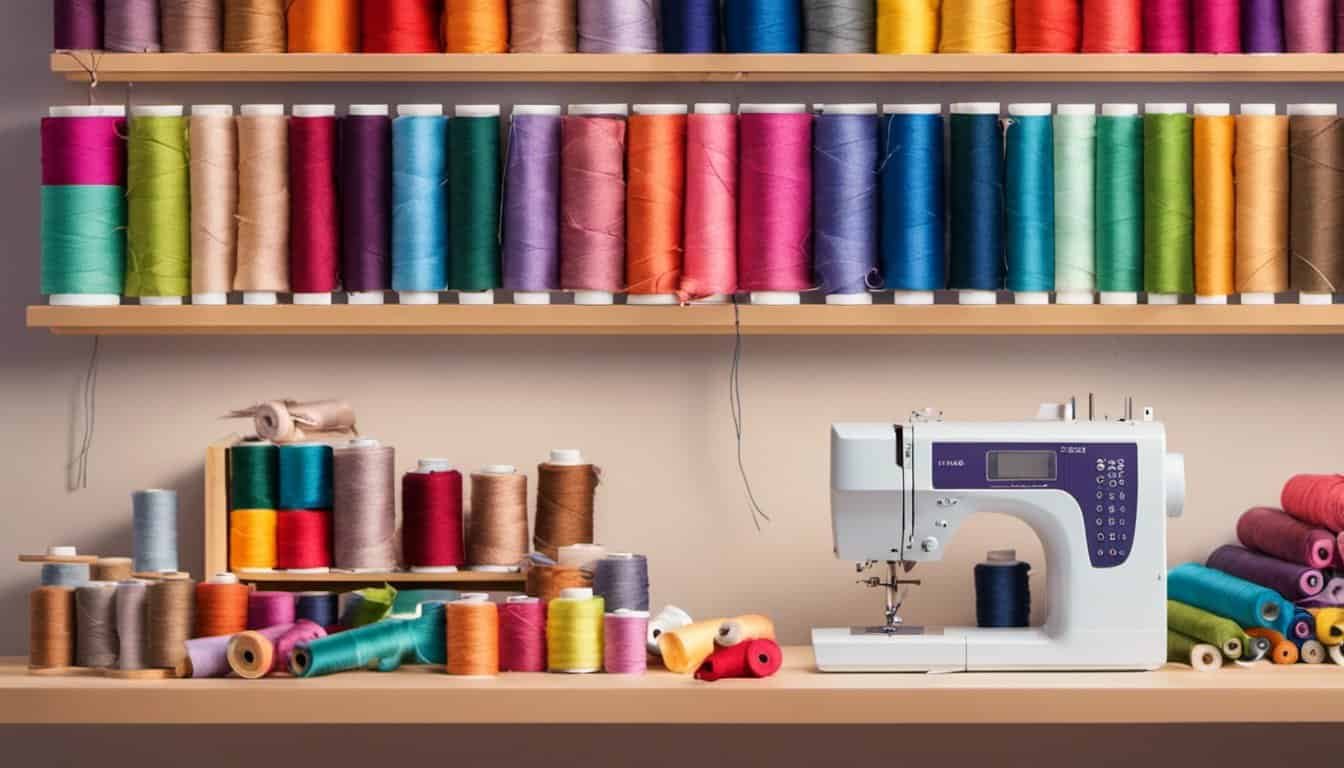
Learning Curve in Sewing and Knitting
Ever wondered about the learning curve involved in sewing versus knitting? Well, let’s dive right into it. Both have their unique challenges and rewards, but they’re not as daunting as you might think.
When you first pick up a needle and thread, sewing can seem overwhelming. You’ve got patterns that look like blueprints, all those tiny stitches to master, and don’t get me started on threading the sewing machine! Yet with time and practice, it becomes second nature. A study by Craft Industry Trends showed that 65% of beginners felt comfortable with basic sewing techniques after just five projects.
- Basic Sewing Techniques: 65%
On the other hand, knitting might appear simpler at first glance – two needles, some yarn and you’re good to go. But anyone who has ever tangled themselves in a skein of wool knows there’s more to it than meets the eye. Mastering different stitch types (knit vs purl) is the first challenge followed by understanding complex patterns. According to The Knitting Survey Report (2019), about 75% of knitters stated that they were able to knit simple items like scarves or blankets comfortably within their first month.
- Simple Knitted Items: 75%
What’s encouraging though is how quickly people progress once they get stuck in! A survey from Sew Magazine revealed that over half of sewers undertook more challenging projects such as clothing after only six months!
- Challenging Sewing Projects: >50%
Likewise for knitters: The same report mentioned earlier found that many moved onto creating intricate items like socks or sweaters within a year.
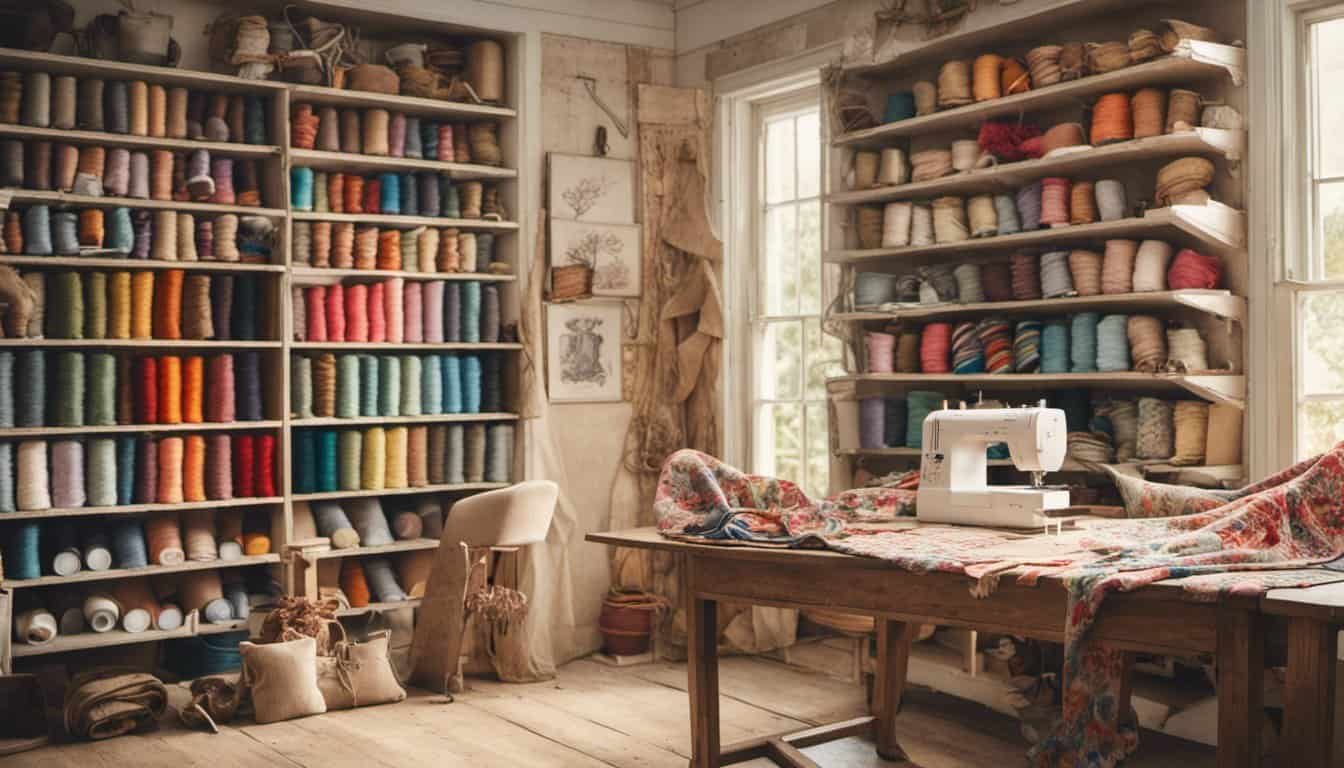
- Intricate Knitted Items: ~70%
So while both crafts have their initial hurdles, persistence pays off big time! Whether it’s navigating your way around a sewing pattern or decoding knitting instructions – remember everyone starts at the beginning. Don’t be discouraged if it’s tricky at first, you’re on your way to mastering a new skill! And who knows? Maybe one day soon, you’ll find yourself tackling a complex quilting project or knitting an elaborate cable-knit sweater with ease. Keep going – your crafting journey is only just beginning!
Pros and Cons of Sewing
Sewing’s got its charms, for sure. You’ll get a unique satisfaction from creating something with your own two hands. It’s like magic when you transform a flat piece of fabric into a three-dimensional object! Plus, once you’ve mastered the basics, the sky is truly the limit. You can create anything from simple tote bags to elaborate ball gowns.
But let’s not forget about the practical benefits:
- Customization: You’re in control when it comes to design, fit, and fabric choice.
- Sustainability: By making your clothes, you’re reducing demand for mass-produced items.
- Cost-Effective: While there’s an upfront cost for tools and materials, over time you can save money by repairing or making clothes yourself instead of buying new ones.
Still, sewing isn’t all sunshine and rainbows. Here are some potential pitfalls:
- Time-Consuming: Even simple projects can take hours to complete.
- Learning Curve: It takes patience and practice to learn sewing techniques and use sewing machines properly.
- Space Requirements: You’ll need a dedicated space for your sewing gear – cutting tables, ironing boards, fabric storage… it all takes up room!
So there ya have it – the good, the bad…and well…more good stuff about sewing! As with most hobbies though, whether these pros outweigh the cons really depends on what YOU value most. If creativity trumps convenience in your book then maybe it’s time to dust off that old Singer machine in your attic!
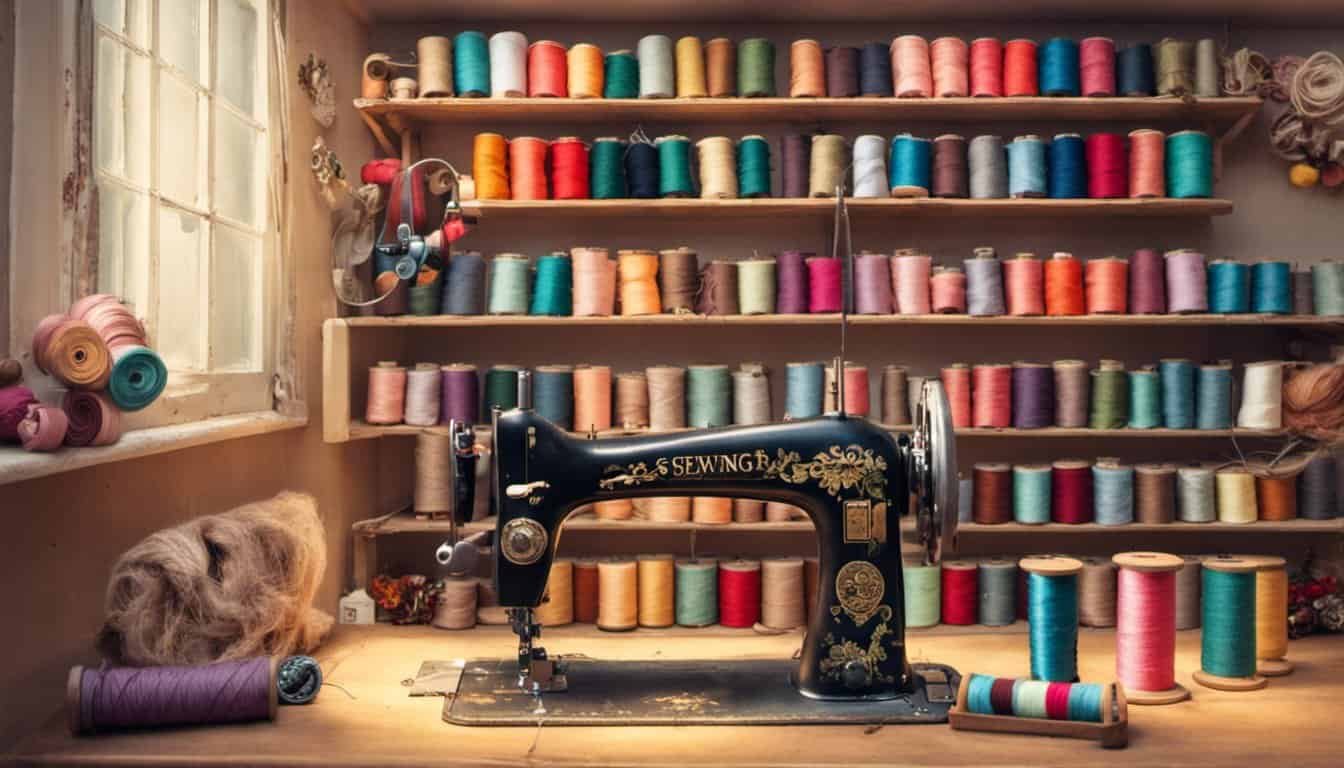
Advantages and Disadvantages of Knitting
Let’s start with the brighter side, the advantages of knitting. One obvious perk is that it’s a highly mobile hobby. You can take your knitting needles and yarn anywhere you go, whether it’s on a long commute or just waiting in line at the grocery store. Plus, there’s something incredibly satisfying about creating something tangible, stitch by stitch.
Another advantage is its therapeutic quality. Studies have shown that knitting can reduce anxiety and stress levels – kinda like your own personal zen garden! It encourages focus and provides a sense of achievement as you see your project grow from a single strand of yarn to something useful or beautiful.
Don’t forget the versatility! From scarves and hats to sweaters and blankets, knitting offers endless possibilities for creativity. This makes it an excellent choice for both practical items for personal use or unique handmade gifts.
Now onto some disadvantages: One downside could be time consumption. Depending on the complexity of the design, completing a knitted item can take quite a while – patience is key here!
Additionally, getting started might feel intimidating due to complex patterns or techniques but don’t worry – practice makes perfect!

And finally, let’s talk about cost implications; while basic supplies are relatively inexpensive, if you develop a taste for high-end yarns or start tackling larger projects (like those cozy blankets), costs can add up quickly.
To sum up:
-
Advantages
- Mobile Hobby
- Therapeutic
- Versatile
-
Disadvantages
- Time-consuming
- Can be complex for beginners
- Potential high cost
Choosing Between Sewing and Knitting: Factors to Consider
So, you’ve decided to take up a new hobby and you’re torn between sewing and knitting. It’s not an easy choice, we get it! Each craft has its own unique appeal and benefits. Let’s uncover some key factors that might help in your decision-making process.
First off, let’s talk about time commitment. If you’re looking for something quick and simple, sewing might be the way to go. You can whip up a pillow case or mend a ripped seam in no time at all. On the other hand, knitting projects like sweaters or blankets can take longer but the repetitive motion creates a sort of meditative state many people find relaxing.
Next, consider the tools of the trade. For sewing, you’ll need access to a decent sewing machine which can be pricey but there are also loads of cool attachments and accessories you can add on over time.

- Sewing Machine
- Thread
- Scissors
- Fabric
Knitting requires less equipment; two needles and yarn will get you started initially:
- Yarn
- Knitting Needles
Another factor worth pondering is project portability. If you foresee yourself crafting on-the-go (during lunch breaks or while watching kids’ soccer games), knitting is hands down more portable than hauling around a sewing machine!
Lastly, think about what type of items you’d like to create? Clothing? Home decorations? Gifts for friends? This could sway your decision since certain crafts lend themselves better to specific types of projects.
In conclusion—just kidding! We won’t conclude here because this is YOUR journey! Don’t stress too much about making the “right” choice – either way, you’re bound to learn something new and have fun along the way! Happy crafting!
Conclusion: Aligning Your Craft with Your Needs
So, you’ve made it this far and you’re wondering, “Should I pick up sewing or knitting?” Well, the answer isn’t as straightforward as you might hope. Both crafts have their own unique benefits and challenges. Think about what draws you in more.

If precision and detail-oriented work gets your creative juices flowing, then sewing might be the perfect fit for you. You’ll love creating intricate designs on fabric and seeing your imagination come to life. Plus, if fashion design is something that interests you, sewing provides a direct path into that world.
On the other hand, if comfort and relaxation are what you seek from a hobby, then knitting can be an ideal choice. It’s a tactile craft that requires patience but rewards with soothing rhythm patterns and beautiful textured results. Knitting offers a zen-like experience – perfect for unwinding after a long day.
Here’s how they stack up against each other:
| Aspect | Sewing | Knitting |
|---|---|---|
| Learning Curve | Moderate to high | Low to moderate |
| Speed of Project Completion | Fast (for small projects) | Slow (but very relaxing) |
| Versatility of Projects | High (clothes, decor etc.) | Medium (scarves, blankets etc.) |
To figure out which one aligns best with your needs:
- Consider your patience level
- Reflect on the kind of projects that excite you most
- Analyze how much time can be allocated for learning new skills
Remember that there’s no harm in dipping your toes in both waters! Try out some beginner-level projects in both knitting and sewing – see which one brings you joy before making any long-term commitments. You never know – maybe it turns out that both crafts are right up your alley!
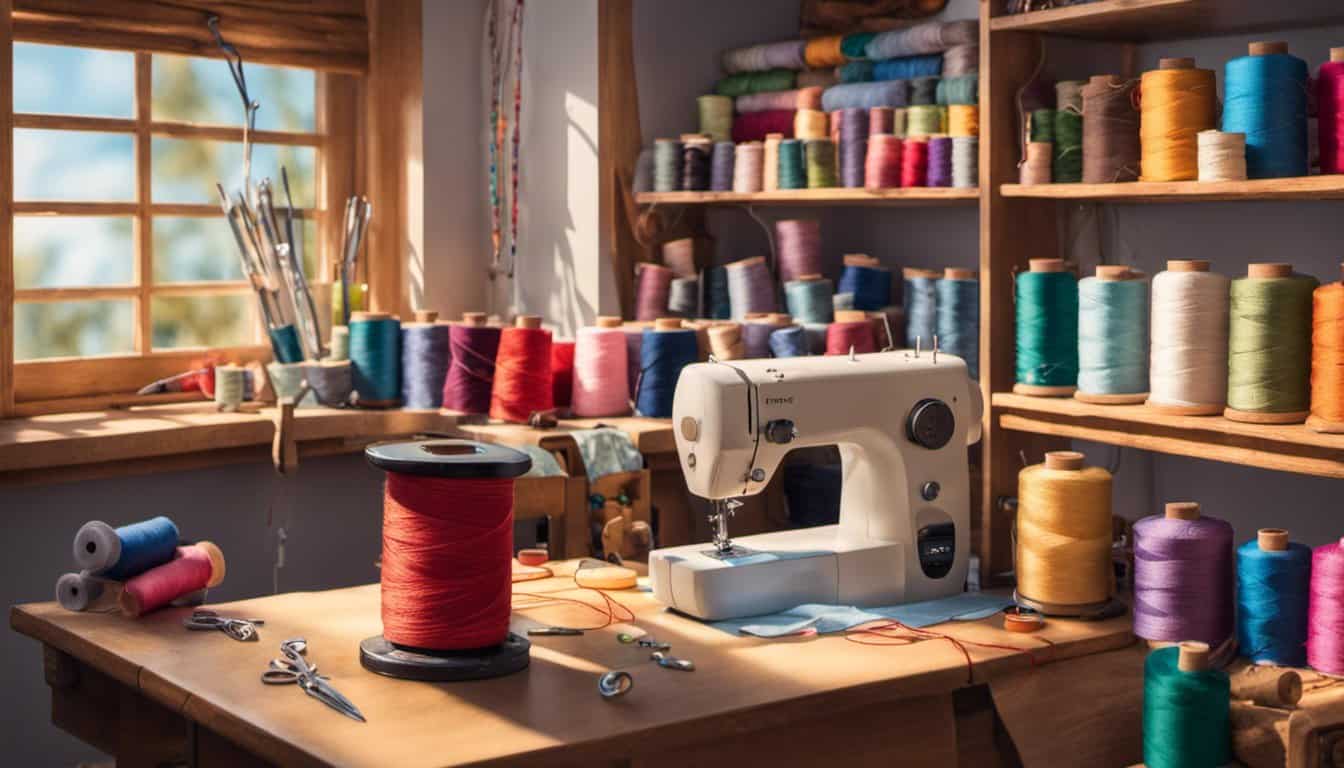
In the end though remember this: it’s not about whether sewing or knitting is objectively better. It’s about finding a craft that resonates with your interests and lifestyle needs. So whichever path you choose, embrace it fully, have fun with it, and watch as your creativity blossoms in new and exciting ways.











